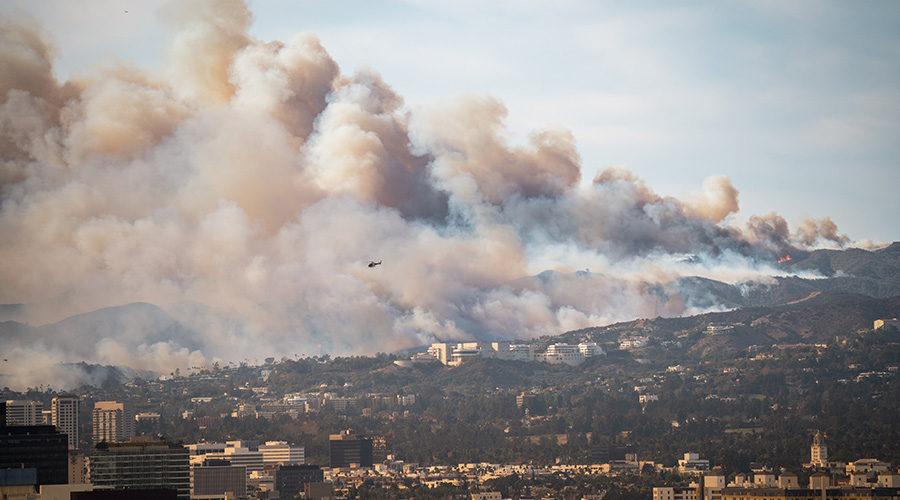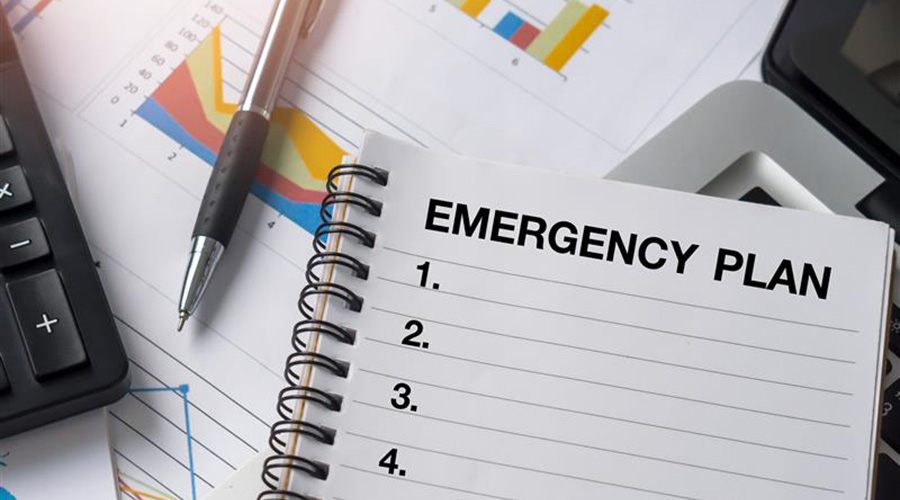Emergency Heating: Strategies for Success
Part one of a three-part article on emergency heating
One of the most nerve-racking situations a maintenance and engineering department can go through is the unexpected need to provide temporary heating to an institutional or commercial facility due to a system failure or natural disaster. It is easy for a manager to say this kind of crisis it will never happen in his or her facility, but in reality, all mechanical equipment is prone to untimely failure, no matter how well technicians have maintained it. The best anyone can do is effectively prepare for and react to this situation.
How can a department prepare? The answer depends on the type of facility. Typically, health care, scientific and research facilities, and pharmaceutical laboratories have redundant systems backed by generator in case of a failure. Schools, colleges, office building and other institutional and commercial facilities generally are not prepared for major equipment failures.
The scope of the challenge
Whether or not the loss of heat in a facility is a high priority depends in part on the facility’s location. Typically, the loss of heat in the southern United States is not a crisis, since the threat of freezing is minimal, at most. But in northern states, the loss of heat generally is a major concern. Systems tend to fail when they are brought back online after being off during the warmer months or when they are running to maintain temperatures on a design heating day.
The first step for managers to prepare for such a crisis is to identify rental companies near the facility that can provide temporary heating equipment quickly. Next, they need to determine the rental equipment that companies have on hand and whether that equipment can meet the facility’s potential heating needs.
Managers can choose from an array of temporary heating equipment, including:
• �direct- and indirect-fired natural gas and propane fan coil units
• �hydronic fan coil units that need to be tied into a hot water or steam systme
• �infrared heaters, electric heaters and entire trailer-mounted boiler systems.
Once managers understand the equipment that is readily available in a geographic area, the next step is to identify the systems and areas within their facilities that are most critical to the organization’s mission.
Some areas in a facility might not require heat immediately. Compare air-handling units that provide conditioned air to areas on the exterior and the interior of a building. More than likely, the interior spaces do not require emergency heating because they have minimal exposure to outdoor air and generally do not require as much heat in winter.
Understanding a facility’s specific needs can help managers determine the amount of temporary heating unit required in an emergency. This information is readily accessible if the facility kept design records from previous projects. A reheat-coil schedule can provide a reliable indication of the number of BTUs needed to heat a particular space.
In the event this information is not available, managers need to calculate the heating requirements for worst-case scenarios. Some in-space rental equipment indicates the number of cubic feet it can condition, while other pieces of equipment carry only a capacity rating.
For emergency heating situations, a little more is better than not enough. The middle of a crisis is not the time to worry about energy efficiency. The cost of dealing with frozen pipes and destroyed finishes is more important than the cost of added or wasted energy.
Related Topics:














